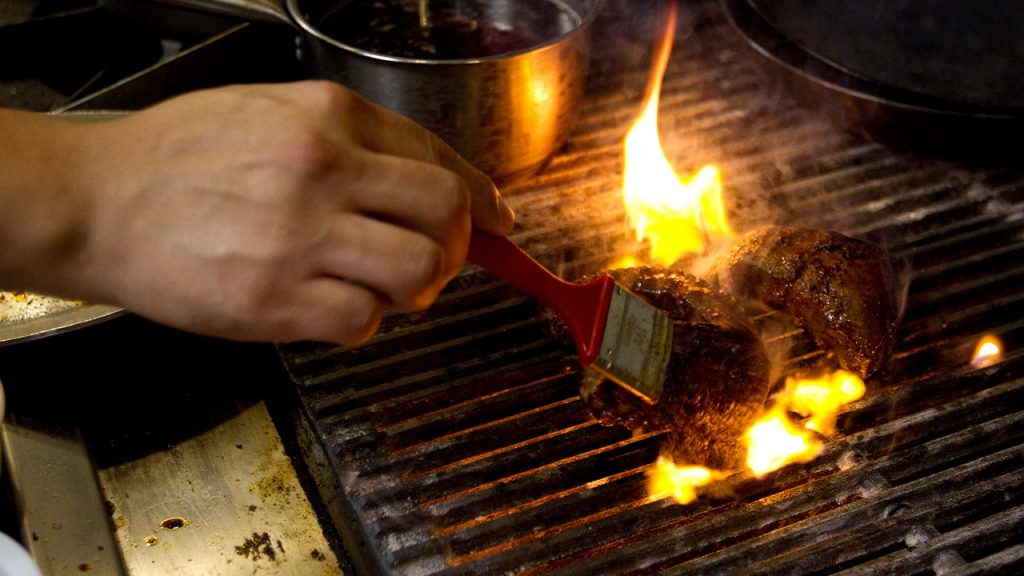New York State’s Department of Environmental Protection (DEP) has proposed a new rule aimed at significantly reducing emissions from commercial char broilers, a popular cooking method used in many restaurants to impart a smoky flavor to meat. This proposed regulation, currently under consideration, is part of a broader climate crackdown by New York officials and represents the latest in a series of initiatives targeting various sources of pollution within the state. The DEP argues that curtailing emissions from these cooking appliances can contribute to improved air quality and ultimately prevent premature deaths linked to particulate matter pollution.
The core of the proposed rule requires restaurants using under-fire char broilers installed after May 2016 to achieve a 75% reduction in emissions. Furthermore, establishments char-broiling more than 875 pounds of meat per week would be prohibited from operating unless they install an approved emissions control device. This two-pronged approach aims to address both new installations and existing high-volume users of char broilers, pushing restaurants towards cleaner cooking practices. The DEP justifies this stringent measure by citing the potential health benefits, claiming that widespread adoption of emissions control technology could prevent hundreds of premature deaths annually.
The DEP’s rationale rests on a study conducted by the Department of Health and Mental Hygiene, which links particulate matter (PM) emissions to premature deaths. PM, encompassing solid particles like smoke and dust, is a byproduct of various combustion processes, including char broiling. The study estimated that commercial char broilers in New York City’s five boroughs release approximately 1,400 tons of PM per year, contributing significantly to PM-related premature deaths. The DEP’s proposed rule directly addresses this source of pollution, aiming to mitigate its impact on public health. However, the feasibility and economic impact of implementing these regulations remain key concerns for restaurant owners.
The proposed regulations have sparked considerable controversy and pushback from the restaurant industry. Many restaurant owners, particularly those specializing in char-broiled cuisine, argue that the regulations are excessive and unfairly target their businesses. They express frustration over the perceived prioritization of emissions from char broilers over other pressing issues, such as crime, and question the practicality of implementing the required changes. Some argue that the focus on char broilers is disproportionate given their contribution to overall air pollution compared to other sources. The significant costs associated with installing and maintaining emissions control devices pose a substantial financial burden, particularly for smaller restaurants.
The DEP acknowledges the challenges associated with enforcing the proposed rule, particularly in verifying compliance with the 75% emissions reduction requirement. The proposal notes the difficulty restaurant owners face in demonstrating this reduction without access to specialized, certified emissions control equipment. This raises questions about the effectiveness and practicality of enforcing the rule, as well as the potential costs and logistical hurdles for restaurants seeking to comply. The DEP’s proposed solution involves mandating the installation of emissions control devices, but the financial burden and potential operational disruptions this entails for businesses remain a significant point of contention.
The proposed rule is set for a public hearing on January 29, 2025, providing an opportunity for stakeholders, including restaurant owners, industry representatives, and public health advocates, to voice their opinions and concerns. This public forum will be crucial in shaping the final regulations and determining the balance between achieving environmental goals and protecting the interests of businesses. The outcome of this process will significantly impact the future of char broiling in New York City and could serve as a precedent for similar regulations in other jurisdictions. The debate highlights the complexities of regulating emissions from a popular cooking method while grappling with the economic realities faced by small businesses and the broader context of urban air pollution.

